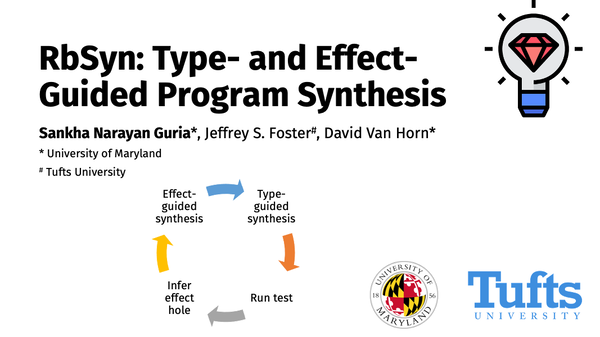Abstract:
Persistent Memory (PM) can be used by applications to directly and quickly persist any data structure, without the overhead of a file system. However, writing PM applications that are simultaneously correct and efficient is challenging. As a result, PM applications contain correctness and performance bugs. Prior work on testing PM systems has low bug coverage as it relies primarily on extensive test cases and developer annotations. In this paper we aim to build a system for more thoroughly testing PM applications. We inform our design using a detailed study of 63 bugs from popular PM projects. We identify two application-independent patterns of PM misuse which account for the majority of bugs in our study and can be detected automatically. The remaining application-specific bugs can be detected using compact custom oracles provided by developers. We then present AGAMOTTO, a generic and extensible system for discovering misuse of persistent memory in PM applications. Unlike existing tools that rely on extensive test cases or annotations, AGAMOTTO symbolically executes PM systems to discover bugs. AGAMOTTO introduces a new symbolic memory model that is able to represent whether or not PM state has been made persistent. AGAMOTTO uses a state space exploration algorithm, which drives symbolic execution towards program locations that are susceptible to persistency bugs. AGAMOTTO has so far identified 84 new bugs in 5 different PM applications and frameworks while incurring no false positives.









































